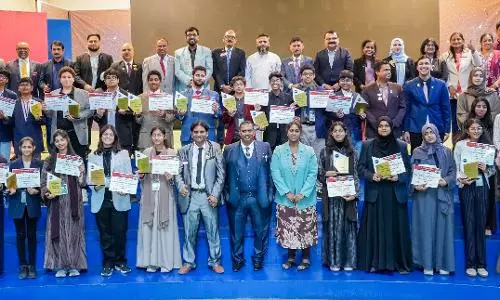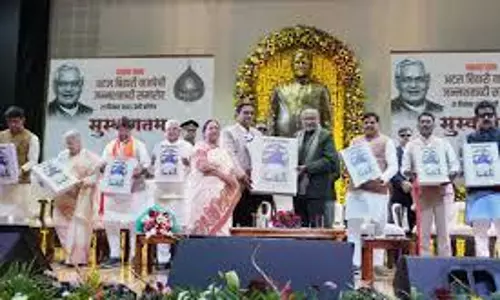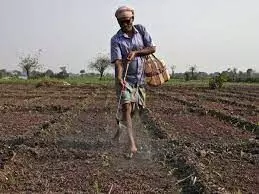
Green memory of Dr Swaminathan
text_fieldsEminent agronomist Dr MS Swaminathan, who passed away yesterday will be remembered as a revolutionary who single-handedly led the independent India on the brink of starvation and malnutrition to food security. India's first footsteps of political independence in 1947 came with the overwhelming burden of food shortage. This was a time when the country had to depend on imports for every grain of food. Developed countries warned India of deaths by starvation by the 1970s if they continued at the same level. India dreamed of overcoming this threat, along with achieving self-sufficiency in food grain production and economic independence. A Malayali, Mankombu Sambasivan Swaminathan earned his place in history by fulfilling this dream through the Green Revolution.
The term "Green Revolution" was initially coined by William Gaud, the administrator of USAID, a US initiative for international development, as Dr. Swaminathan himself notes. The main goal of the Green Revolution was to eliminate food shortages. Dr Swaminathan led the effort in India and invited American agricultural scientist Dr. Norman Borlaug here in 1987. Green Revolution was changing the way of life with improved farming methods like high yield seeds, tractors, irrigation methods, pesticides and fertilizers, adopting various techniques and other practices. The change which began in Jaunti village in Delhi was soon adopted in Punjab, Haryana and undivided Andra Pradesh. When all of the traditional seeds and cultivation methods were kept aside and surplus seeds, better fertilizers, and irrigation schemes were imported from outside, it resulted in better yields. The country's granaries began to overflow. Grain flowed from surplus states to deficit states. Scientific methods to distribute grains to all of the people began to take shape. Dr Swaminathan summed up the Green Revolution by saying that by using seeds with higher yields, less land was used to produce more harvest. Norman Borlaug won the Nobel Prize for the development of high-yield wheat seeds, which brought India from the cusp of starvation into surplus. Dr Swaminathan too received several awards including the World Food Prize in 1987.
At the same time, keeping aside India's agricultural methods and thereby its rising economy, Dr Swaminathan was also aware of the disastrous consequences of the Green Revolution. The first dangers of the side effects of these methods were raised in Punjab which was also the greatest success story of the revolution. Excessive use of fertilizers and pesticides by farmers to improve crop yields destroyed the soil and contaminated water sources. Malwa in Punjab became a cancer belt. Wild-scale groundwater extraction brought widespread water shortage to farmers from Punjab to Andhra Pradesh. Farmers became stuck in debt due to bad crops. Farmer suicides increased state by state. It is evident that the Green Revolution played a major role in the rise of separatism and political instability in Punjab in the 1980s. Finally, the central government approached Swaminathan himself seeking a solution to the farmers' grievances. In 2004, under his leadership, the National Commission on Farmers submitted its report with 200 recommendations, with the main one being that the Green Revolution was the solution to these problems. Dr Swaminathan recalled that the complete eradication of hunger and malnutrition was an unfulfilled dream of his. He was endeared to the nation because he was able to find solutions when the country was facing fire. The most fitting final tribute that can be given to him is to formulate a more workable and people-friendly solution during a time when our farmers' agrarian economy is going through problems.

























